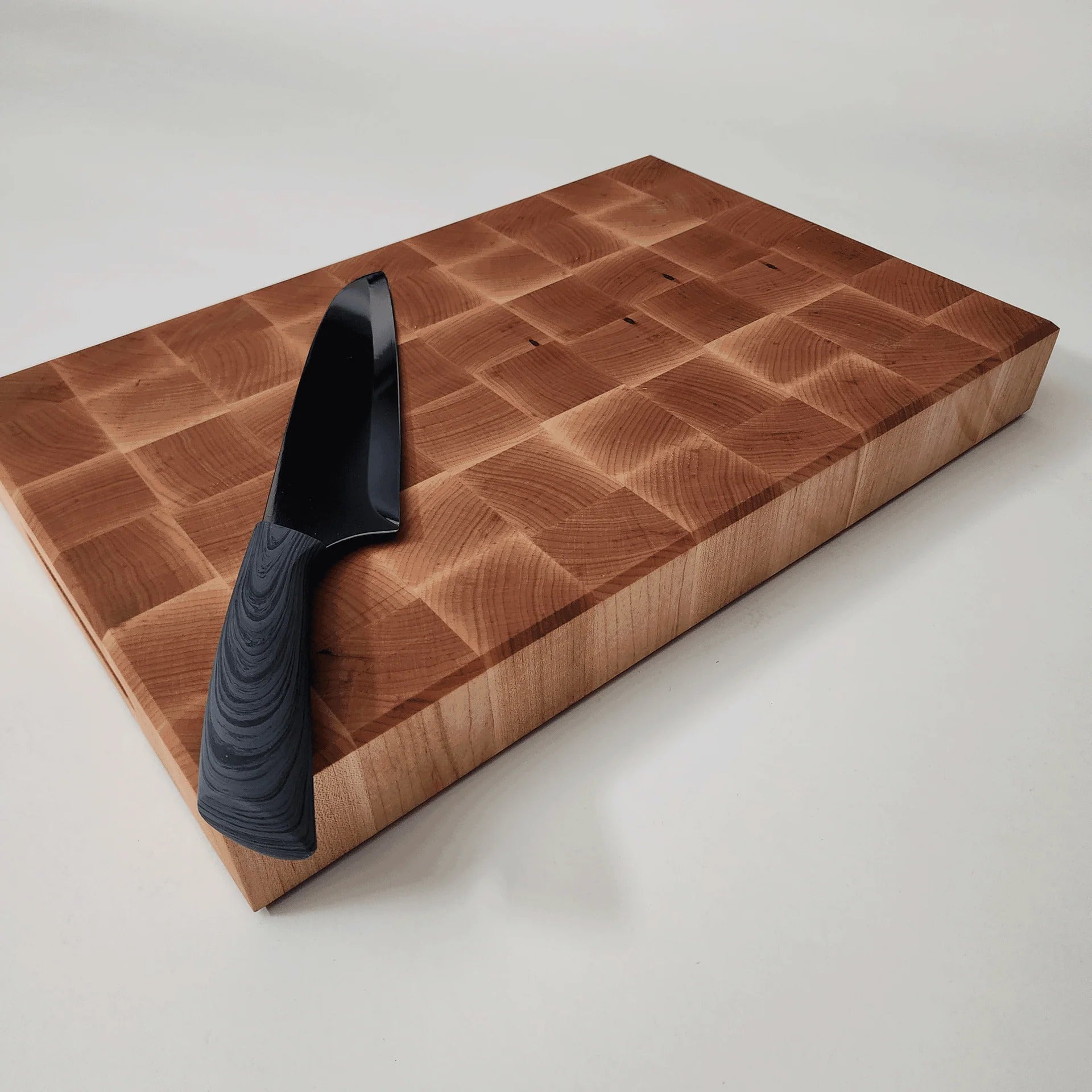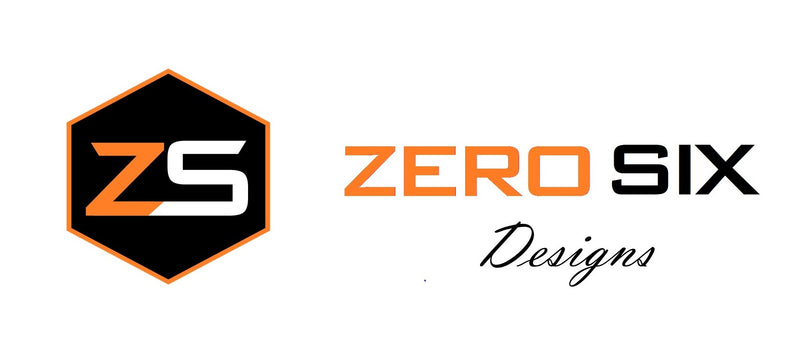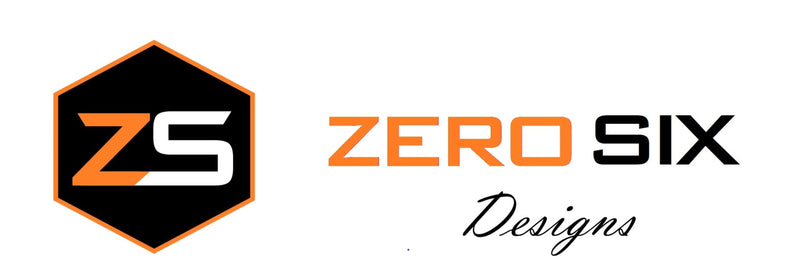
What are the different cutting board wood grains?
Wood has three types of Wood Edges: Face grain, Edge Grain, and End Grain.
Face Grain?
The face grain is the top of a wood piece. This is usually the prettier of the three grains. This is the grain you see most often with decorative wood projects. Face grain boards are very common and more affordable as they require less complexity to make.
Edge Grain
This is the long side of wood or long grain. Edge grain will usually hold appearance about the same as face grain. as it is less susceptible to scarring than face grain.
End Grain
This is the end of a piece of wood. End grain holds up the best of the three and is usually better for heavy cutting. Butcher blocks are mostly made with End Grain intended for heavy use. End grain requires more attention and detail which is why you normally see a higher price tag than the other two styles. End grain cutting boards are great for keeping your knives sharp for a longer period of time. The knife cuts between the fibers of the wood therefore end grain cutting boards are considered the best cutting board for knives.
Thickness
So, now you have a better understand of the board grains. Now let’s talk about thickness. It’s simple to decide which thickness you need. As usual it depends on your need or expected use.
Thinner boards usually up to .75” are lighter allowing easy transportation while using the board. It’s also easier to get the board into its storage spot. Thinner boards are better for light cutting or chopping and serving boards.
Thicker boards 1” and up will get heavier relative to the thickness and overall length and width of the board. Thick boards can require a little more effort to move around and may come with handles to assist in that respect. It’s good to keep this in mind when picking a thickness.
Board of 2” and up are considered chopping blocks which are suited for restaurants and cooks although they can be used for personal use should you perform the same level of cooking cooks do. Some may like the weight and feel of a thicker cutting board so in the end it is still up to you.
Conclusion
Assess your daily routine and expected routine and use this to determine what you may need. Sometimes you may want to cover your base and go thicker for the few times you do decide to do heavy chopping. Larger cutting boards are useful if you plan to cook large amounts at one time.

